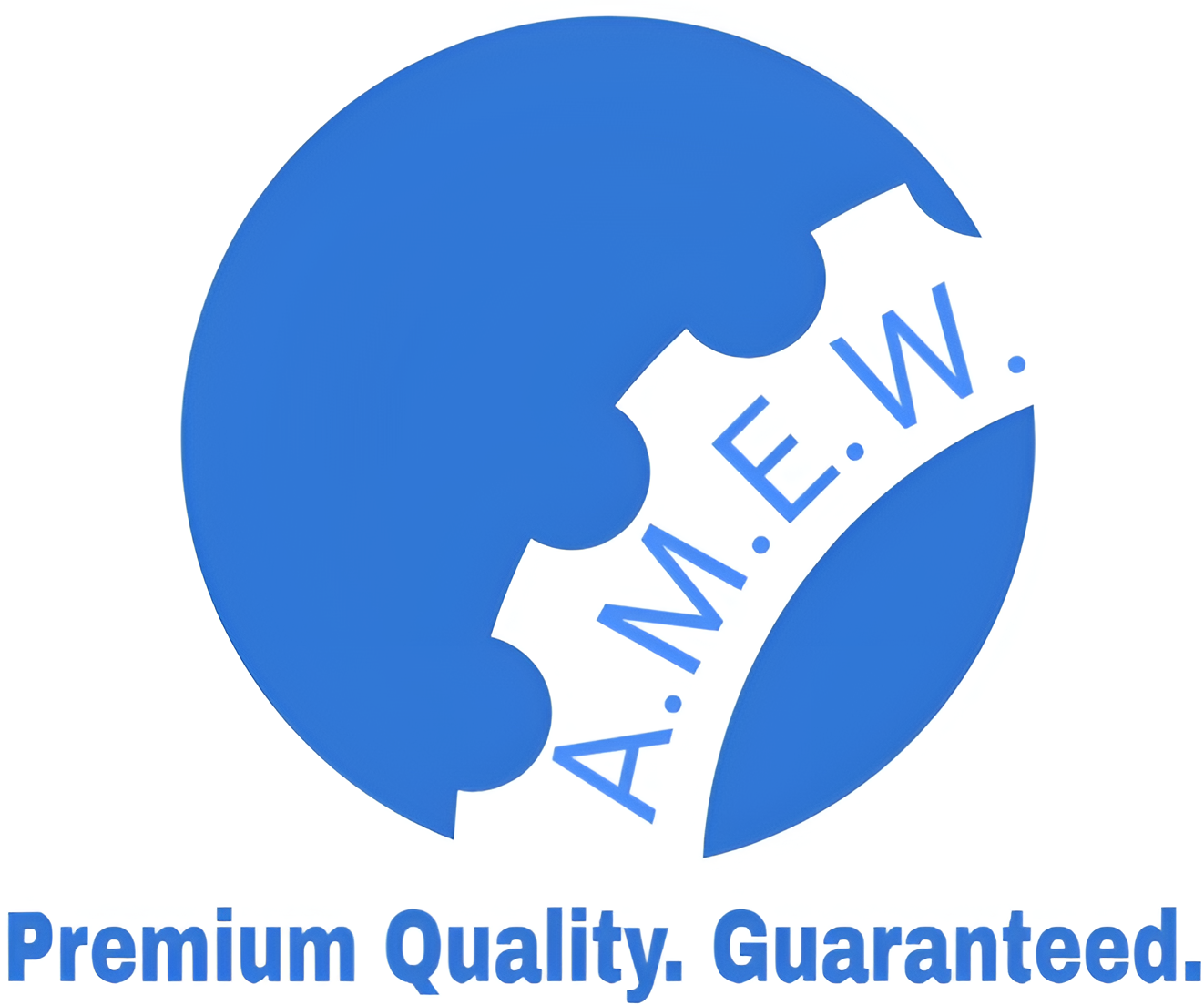Everything You Need to Know About Hot Dip Galvanized Pipes
Hot dip galvanized pipes are essential for industries and projects requiring durable, corrosion-resistant materials. But what exactly are galvanized pipes? How do they differ from other pipe coatings, and why do they dominate sectors like construction, plumbing, and agriculture?
This blog will break down everything you need to know about hot dip galvanized pipes, from their manufacturing process and benefits to their applications and maintenance tips. By the end, you’ll understand why they are a top choice for projects requiring longevity and reliability.
What Are Hot Dip Galvanized Pipes?
Hot dip galvanized pipes are steel or iron tubes coated with a protective layer of zinc. This zinc coating is applied through a process known as hot dip galvanization, where the metal pipe is immersed in a bath of molten zinc. The result? A highly durable and corrosion-resistant pipe capable of withstanding exposure to moisture, chemicals, and environmental wear over time.
Galvanized pipes are widely valued for their robust protection against rust and their enhanced durability, making them suitable for a variety of applications, from residential plumbing to large-scale industrial projects.
The Hot Dip Galvanization Process Explained
Understanding the hot dip galvanization process highlights why this protective method is so effective. Here’s a step-by-step breakdown:
- Surface Preparation
The metal pipes are thoroughly cleaned to remove dirt, grease, and impurities. This step often involves three stages:
– Degreasing to eliminate oils or residues.
– Pickling with acidic solutions to remove rust and mill scale.
– Fluxing to further clean the steel and prevent oxidation before dipping.
- Hot Dip in Molten Zinc
The cleaned pipes are submerged into a bath of molten zinc heated to approximately 450°C (842°F). During immersion, the zinc reacts with the iron in the steel to form strong alloy layers that bond to the pipe’s surface.
- Cooling and Inspection
Once dipped, the pipes are cooled in water or air to solidify the zinc coating. An inspection follows to ensure the coating meets quality and thickness standards.
The metallurgical reaction during the process ensures that the zinc coating cannot flake or peel, unlike other types of coatings.
Benefits of Using Galvanized Pipes
Hot dip galvanized pipes offer more than just good looks. Here are some key benefits:
1. Corrosion Resistance
The zinc layer protects the metal underneath from rust and corrosion. Even in highly humid or marine environments, galvanized pipes maintain their integrity far longer than unprotected steel.
2. Durable Longevity
Galvanized pipes typically last more than 50 years in standard environments and up to 25 years in coastal or industrial settings where exposure to harsh conditions is higher.
3. Cost-Effective Solution
Compared to stainless steel or other specialized treatments, galvanizing provides superior value over time. While the initial investment might seem higher, the reduced maintenance costs and extended lifespan make galvanized pipes economical.
4. Strong Adhesion to Steel
The zinc forms a metallurgical bond with the iron in the steel, creating a durable coating that resists scratches, impacts, and abrasion.
5. Eco-Friendly Option
Zinc is a natural, recyclable material, making galvanized pipes an environmentally responsible choice for sustainable projects.
6. Easy Inspection
The zinc coating’s condition is easily visible, allowing for straightforward quality checks and maintenance planning.
Applications Across Industries
Hot dip galvanized pipes are used across diverse industries due to their versatility and superior protection. Below are some of their most common applications:
1. Construction
Widely used in buildings for structural frames, support beams, and piping systems, galvanized pipes ensure the longevity of critical infrastructure.
2. Plumbing Systems
Galvanized pipes are found in water supply and drainage systems due to their resistance to rust and breakdown over time.
3. Agriculture
From irrigation systems to fencing and greenhouses, galvanized pipes support agricultural projects prone to moisture and weather exposure.
4. Telecommunications
Used in towers and poles, galvanized pipes help protect vital telecommunications equipment from environmental hazards.
5. Automotive
Certain automobile parts, such as exhaust systems and chassis components, use galvanized coating to prevent corrosion caused by road salts and moisture.
6. Industrial Uses
Factories and warehouses trust galvanized pipes for high-pressure systems, chemical pipeline networks, and gas transportation.
Maintenance and Longevity Tips
While galvanized pipes are long-lasting, a little maintenance goes a long way. Follow these tips to get the most out of your galvanized pipes:
- Regular Checks
Inspect the pipes periodically for signs of wear, scratches, or peeling.
- Avoid Harsh Chemicals
Minimize exposure to abrasive cleaners or strong acids that can damage the zinc coating.
- Touch-Up Coating
Use zinc-rich sprays or paints to repair any scratches or exposed areas, restoring the pipe’s anti-corrosive properties.
- Minimize Galvanic Corrosion
Keep galvanized pipes away from direct contact with copper or brass, as this can accelerate corrosion due to the difference in metal compositions.
- Keep Clean and Dry
Once installed, make sure pipes are not sitting in puddles or standing water for prolonged periods.
Comparing Galvanized Pipes with Other Pipe Coatings
When deciding which pipe coating to choose, here’s how hot dip galvanized pipes measure up:
|
Feature |
Galvanized Pipes |
Stainless Steel |
Painted Pipes |
|---|---|---|---|
|
Corrosion Resistance |
Excellent |
Excellent |
Moderate |
|
Cost |
Moderate |
High |
Low |
|
Durability |
High |
High |
Low |
|
Maintenance Requirements |
Low |
Low |
High |
|
Environmental Impact |
Recyclable |
Recyclable |
Non-recyclable materials |
While stainless steel offers similar resistance, it comes at a much higher cost, and painted pipes lack the durability of galvanized coatings, requiring frequent upkeep.
Why Hot Dip Galvanized Pipes Are the Smart Choice
Hot dip galvanized pipes strike the perfect balance between durability, cost, and sustainability. Their unparalleled resistance to corrosion and long service life make them indispensable for industries where reliability is a must. Compared to other coating solutions, galvanized pipes offer excellent value for both short-term and long-term projects.
Whether you’re outfitting a home plumbing system or managing a large-scale industrial plan, galvanized pipes are a tried-and-true solution for superior performance. Considering their minimal maintenance requirements, eco-friendliness, and robust construction, these pipes stand strong as a fantastic investment.
Looking for galvanized pipe solutions for your next project? Reach out to our team to learn more or find the perfect product for your needs.

